SHARE THIS POST
Many transparent and flexible displays are based on the new display technology which is Organic Light Emitting Diode (OLED) technology, and they are going to be used often in future displays. Today, consumer electronic devices are using two major display technologies: LCD and OLED displays. Although most LCD TVs are equipped with backlit LED technology, recently LG and Sony are taking the technology one step further and have started manufacturing TVs/displays with OLED technology. OLED displays offer better picture quality, brighter, and true black color that enables better contrast and more vivid colors. These enhanced features compared to LCD displays have increased their popularity over the years. Even Samsung is majorly using active-matrix OLED (AMOLED) displays in their mobile phones to provide an excellent picture and color quality.
What are OLED Displays?
OLED stands for “Organic Light-Emitting Diode.” An OLED Display does not need any light source for backlighting because OLED itself emits light, it is an emissive display thus eliminating the need for backlighting and thus minimizing the number of material layers in a display stack thus making it much thinner than a conventional LCD. It is a light-emitting technology that is made by placing two thin organic films between conductors. When an electrical current passes through, it emits a bright light. Conductors are materials that allow for the electrical current to flow through them. Each small OLED pixel in the screen creates light depending on how much current flows through it. OLED displays not only provide excellent picture quality, but due to the reduced number of layers in the display stack OLEDs can be printed on flexible substrates an thus enabling novel features in the display such as simplicity of it is said that they can be transparent, foldable, flexible, and stretchable displays in the future. OLED displays are the future of display technology.
What is an LED LCD Display?
LCD (liquid crystal display) display technology is widely used in televisions. The display consists of pixels that are not visible but play a great role in creating pictures on the TV display. The display also consists of LED backlighting that shines through pixels and is responsible for pictures and colors on the TV screen. The LED is not a display technology, but it provides backlighting for the LCD.
Difference between LCD and OLED:
There are some differences between LCD and OLED Displays. Let’s discuss them one by one.
Light Output:
Both LCD and OLED have brighter displays in a sunny environment and provide excellent quality pictures. OLEDs are overall slightly brighter than LCD because of their dynamic range and no backlight function. OLED displays have a unique property of producing colors and light from a single diode when they are fed electricity. It is the reason that OLEDs don’t need a backlight. Each pixel you see on the screen is a self-contained source of color and light. Each pixel then combines to make a picture and produce a brighter display without a backlight.
Blackness Level:
The blackness level is very important for any display. It correlates with the quality and contrast of the image on the screen. The deep black levels are responsible for providing a picture that is rich in colors and has high contrast. OLED displays can turn off the individual pixels completely to produce truly black imagery. LED displays are unable to do this because there is always some minor amount of light in LCD due to the electrical nature of LCDs.
Contrast Ratio:
Contrast ratio is another important aspect of picture quality. A display with high-contrast will look more realistic than a display with low-contrast. The contrast ratio is the difference between the brightest and darkest pixels in a display. OLED displays have a clear advantage in contrast because they have true black pixels.
Resolution:
Both LCD and OLED displays can provide Ultra HD 4K resolution, so there is no difference when it comes to display resolution. Some old LCDs are still available in 1080P resolution, but modern displays are all 4K.
Refresh Rate:
The refresh rate is important in terms of motion blur. Motion blur means blurring of anything that moves on the screen. Unfortunately, both OLED and LCD have motion blur right now. OLED displays and all other 4K TVs have a refresh rate of 120Hz. Some lower-cost LCDs have 60Hz while other 1080p resolution displays have a refresh rate of up to 240Hz, but it is rare since most of the OLED and LCDs are offering a 120Hz refresh rate, so there is no difference in the refresh rate between the displays.
Viewing Angle:
OLED displays can be curved to display a wider viewing angle than LCDs. LCD viewing angles are very limited and can only be enhanced by using in-plane switching mode (IPS) rather than twisted nematic (TN). To learn more about IPS and TN click here. 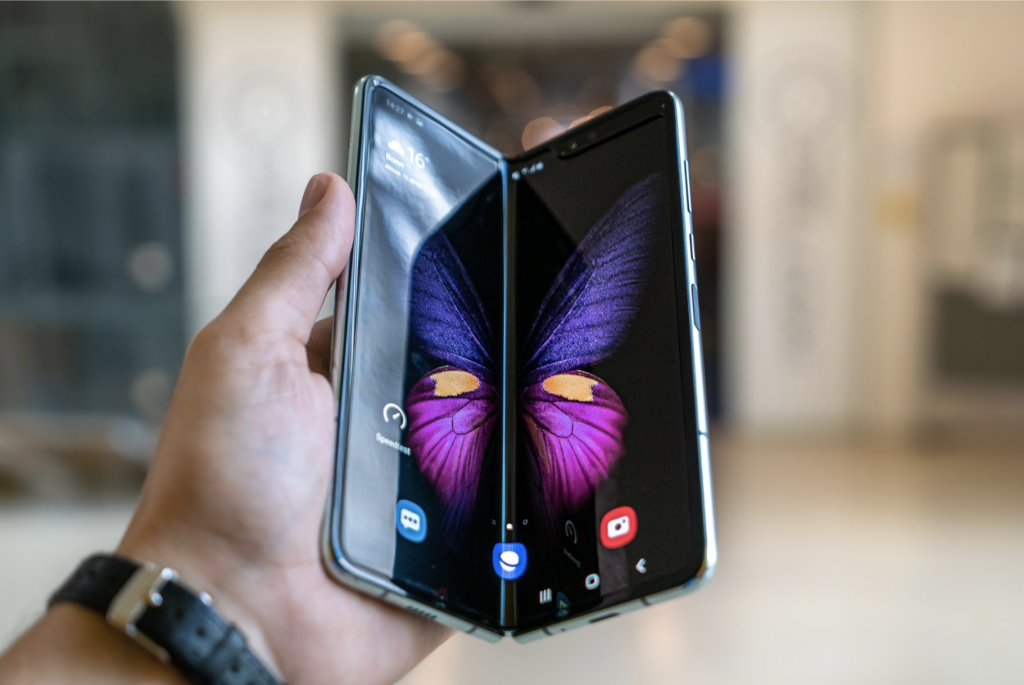
Energy Consumption:
The energy consumption in OLED displays depends on the screen brightness: the more screen brightness, the more energy consumption. While on the other hand, the energy consumption in LCD varies depending on the backlight setting. So, the lower the backlight, the lower energy consumption. If you consider overall power consumption, OLED displays consume less energy than LCD displays. The reason is that since OLEDs don’t require a backlight they can turn off each pixel individually when they are black, unlike LCD where those pixels are still illuminated.
Screen Size:
Both LCD and OLED displays come in various sizes depending on the consumer electronics application. Most handheld consumer products like phones, smartwatches, and tablets have OLED displays. Both LCD and OLED displays can be manufactured in any size depending on the application needs.
Types of OLED Displays:
There are several types of OLEDs, however, we are going to discuss the following:
- – Transparent OLED
- – Flexible OLED
Transparent OLED:
Transparent OLED displays only consist of transparent components, and when they are turned off, they are up to 85% transparent. When it is turned on, it allows light to pass in both directions. 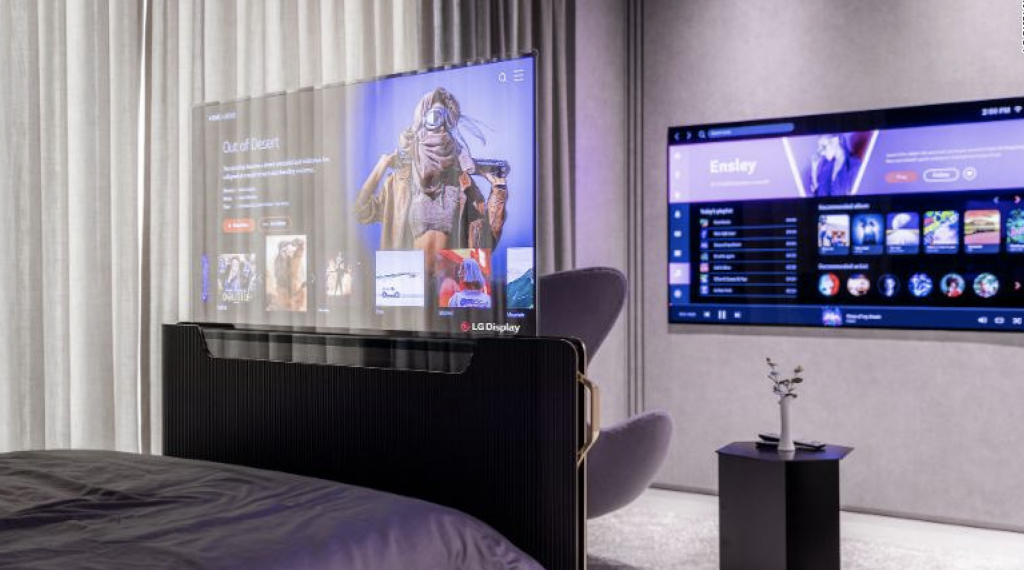 Samsung used transparent OLEDs in 2015 for the first time and started supplying to customers in early 2016. Some of the present examples are Samsung 55” mirror and LG Transparent Display Digital Signage. LG now aims to use a Transparent OLED display in TVs to make an invisible bedroom TV. There are many benefits and applications of the Transparent OLED display.
Samsung used transparent OLEDs in 2015 for the first time and started supplying to customers in early 2016. Some of the present examples are Samsung 55” mirror and LG Transparent Display Digital Signage. LG now aims to use a Transparent OLED display in TVs to make an invisible bedroom TV. There are many benefits and applications of the Transparent OLED display.
Benefits:
- – Transparent OLED displays can provide high-quality imagery as they have no backlight and have a larger viewing angle than other displays, which means you will get the same excellent quality view from wider angles. These displays are ideal for present and future high-tech environments to provide stunning visual effects.
- – Being able to see through the screen when it is off, means that it can be placed in high traffic locations without disturbing the design of the space or obstructing important views.
- – The interactive aspect provides a memorable user experience. Transparent OLEDs have multi-touch capabilities that can help increase the customer’s engagement and efficiency when used in retail settings.
Applications:
- – Samsung launched the world’s first Transparent OLED display 55 inches mirror in June 2015.
- – Retail stores utilize transparent OLEDs over product displays to present valuable product information to their customers.
- – Hotels, restaurants, and cafes utilize this display type for an enhanced customer experience, as well as seamless check-in and ordering.
- – The transparent displays can be utilized in public transit systems to enable riders to purchase tickets and view departure/arrival times. They could also be a source of revenue when utilized for advertisements. The transparency feature allows for all of this without obstructing the surrounding architecture.
- – These displays are also found in jewelry shops, museums, visitor attractions places, health clubs, gyms, and more!
Flexible OLED Display:
Since OLEDs do not require a backlight, they can be curved during the manufacturing process to mold to a particular environment and increase their viewing angle. 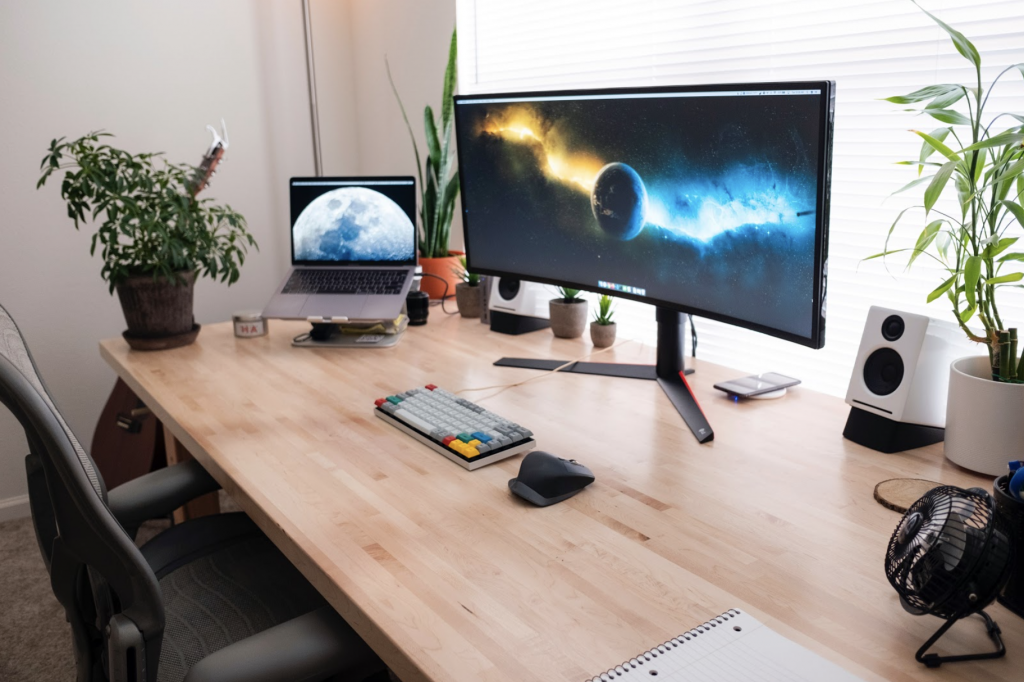 The flexible OLED display is the only display technology currently that can produce foldable smartphones and rollable TVs.
The flexible OLED display is the only display technology currently that can produce foldable smartphones and rollable TVs.
Benefits:
- – Flexible OLED displays are useful for producing non-bezel designs of mobile phones with curved edges. These displays are providing excellent overall viewing experiences to users.
- – The use of a plastic substrate and the ability to flex locally makes the display more durable, and there are fewer chances of any cracks when it drops.
- – Like transparent OLED, flexible OLED displays consume low energy.
- – Flexible OLED displays can be used in curved TVs to provide a clear and wide view to the audience. The quality and reliability of the flexible curved screen make the lifespan much longer than other displays.
Applications:
- – Flexible OLED displays are used in the production of curved display TVs.
- – Another application is foldable smartphones. We have seen that Samsung and Huawei already launched their foldable phones in 2019, many other companies are working on this technology.
- – The next application is rollable devices. LG introduced a rollable TV prototype in 2018.
- – As wearable devices are in demand now, flexible OLED displays can be used in curved edge devices like smartwatches or fitness trackers.
Conclusion:
The OLED displays are the future of technology. We see OLED displays in TVs, mobile phones, and other electronic devices. Transparent and Flexible OLED display technology is going to be used in next-generation electronic devices and it will make people’s life much easier, smoother, and efficient. These displays can engage users for a long time.
About E3 Displays
We’re a global design and manufacturing company that helps the world’s most innovative companies define the future of their business display needs. With over 20 years of combined experience in display technology, E3 Displays has everything you need to develop and manufacture your custom touch display all in one place. With customer-centric solutions featuring strategic planning, competitive pricing, longevity, and support, we ensure the best products on the market to help you scale. In the end, displays are a centerpiece in any hardware that provides a very important visual message in your product. We want to ensure that the visual entity exceeds your optical and performance requirements.

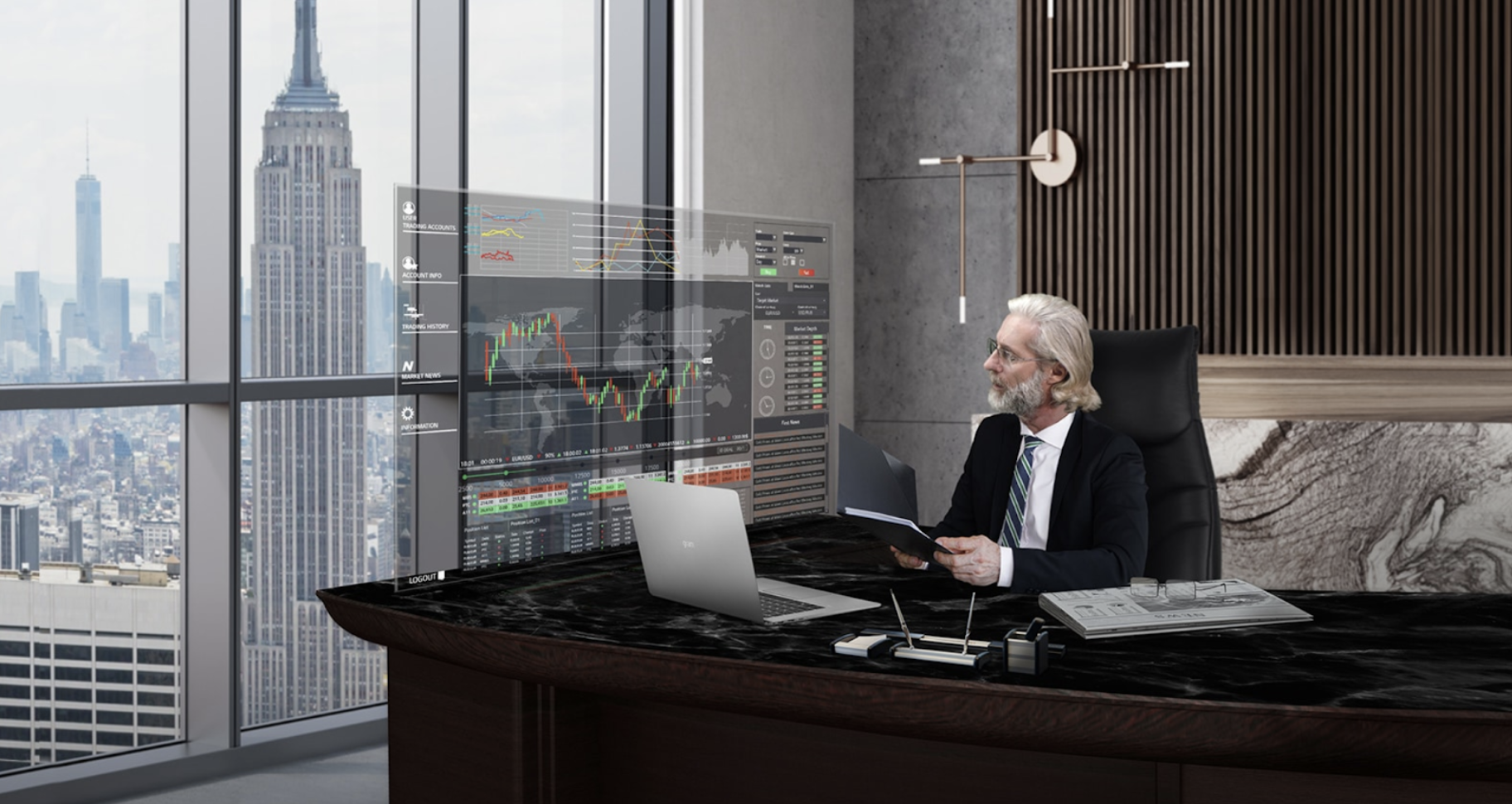


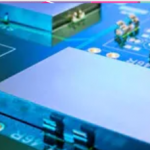
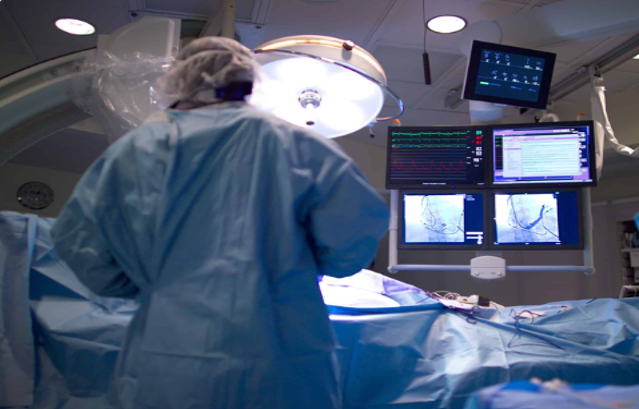


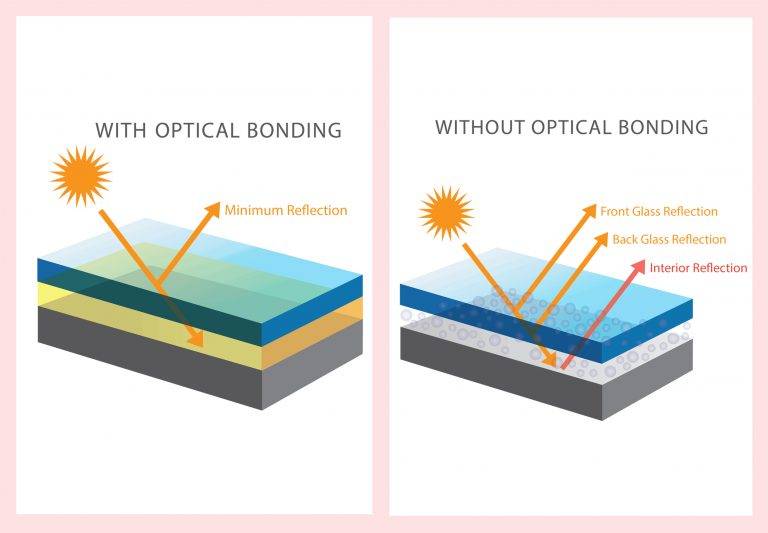
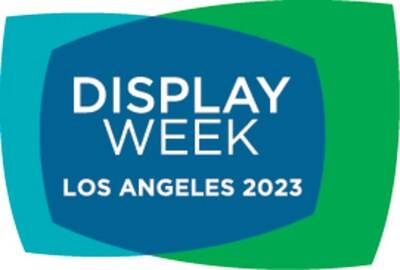




 Submit your project information
Submit your project information Speak with an expert display advisor
Speak with an expert display advisor